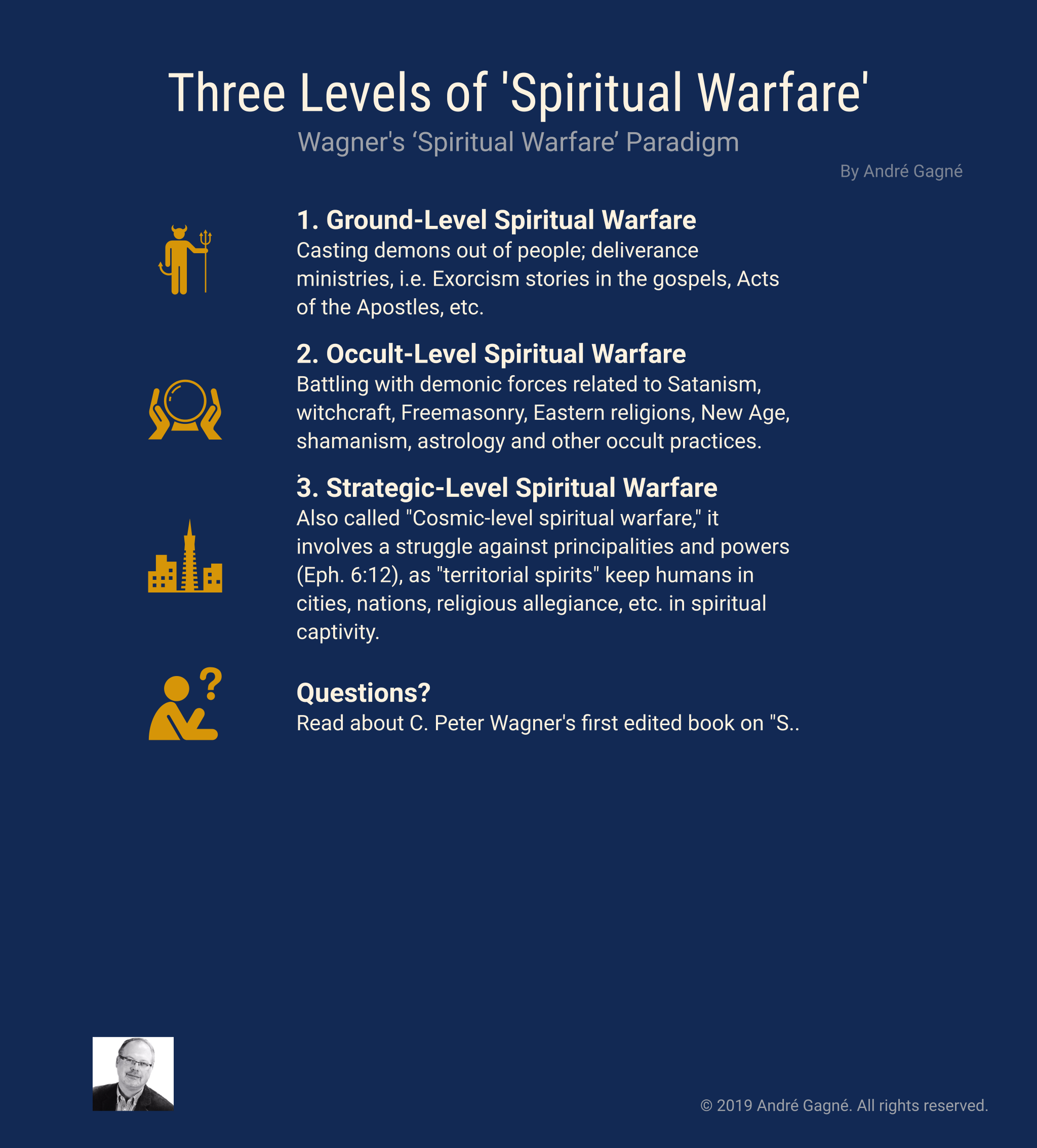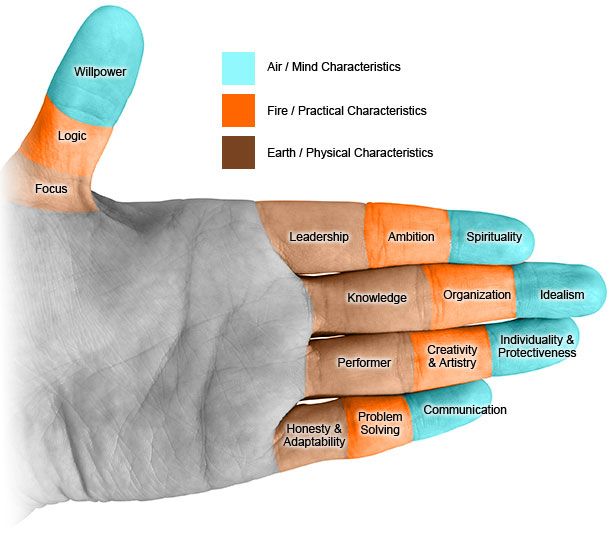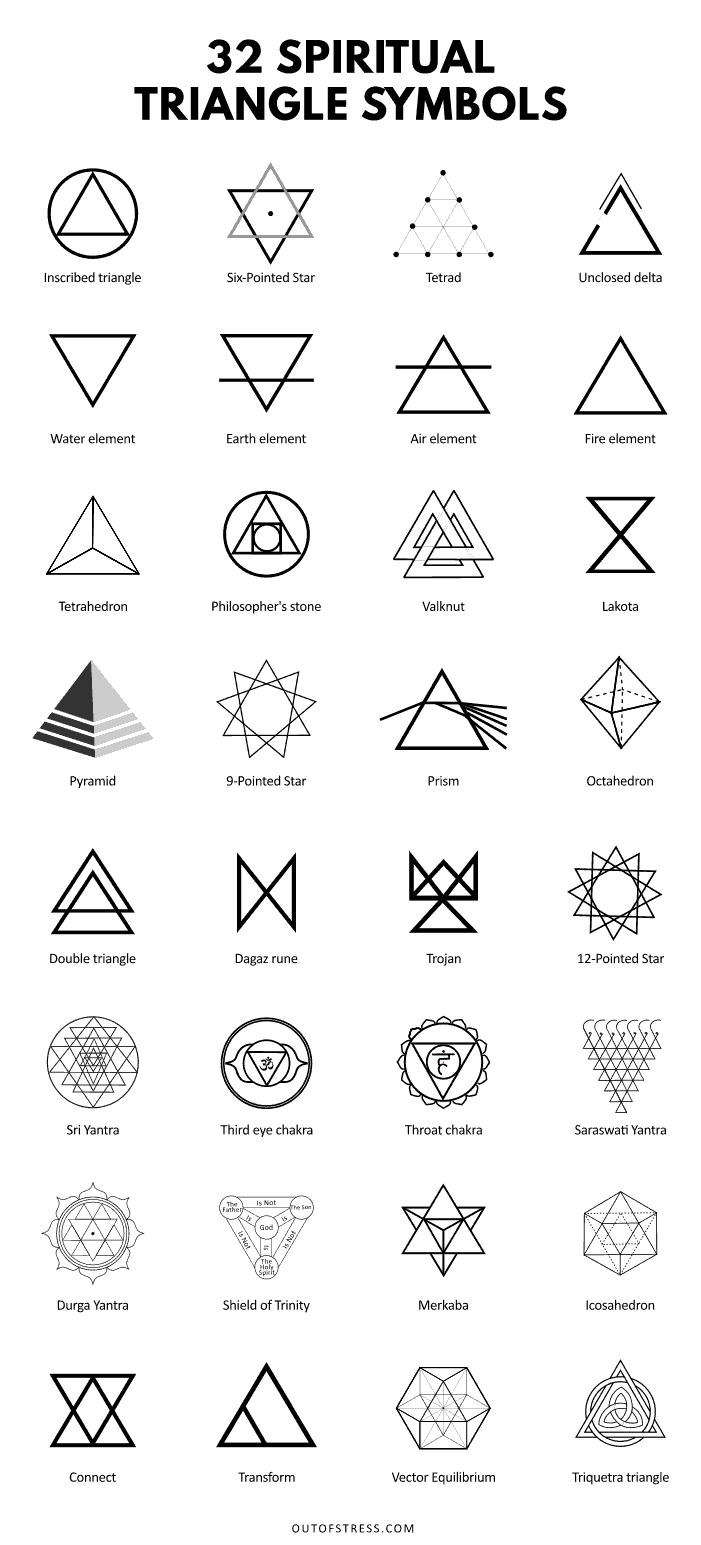5 Levels of Spiritual Combat
The 5 Levels of Spiritual Combat provide a framework for spiritual growth and self-awareness. As individuals progress through these levels, they encounter various challenges and obstacles that test their faith and resilience, ultimately leading to a deeper connection with their spiritual beliefs and practices.
Spiritual combat is an inner journey that requires introspection, discipline, and a willingness to confront difficult truths about oneself. By understanding and navigating these five levels, individuals can cultivate a stronger sense of purpose, presence, and peace in their lives.
Each level builds upon the previous one, creating a path towards personal transformation and enlightenment. We will explore each level in detail, highlighting the key characteristics and lessons associated with spiritual combat at each stage.
Level 1: Self-awareness
Discover the initial stage of Spiritual Combat with Level 1: Self-awareness. This level focuses on understanding oneself deeply and acknowledging strengths and weaknesses on the spiritual journey. Through self-reflection and introspection, individuals can pave the way for growth and enlightenment in their spiritual pursuits.
Understanding The Importance Of Self-awareness
In the journey of spiritual combat, self-awareness lays the foundation for growth and transformation. It is the first step towards understanding our thoughts, emotions, and actions. Self-awareness helps us identify patterns, strengths, and weaknesses, enabling us to make conscious choices and embrace personal development. By becoming more self-aware, we enhance our ability to navigate the challenges of life with wisdom and clarity.
Practices To Cultivate Self-awareness
To cultivate self-awareness, it is crucial to incorporate regular practices into our daily lives. These practices help us deepen our understanding of ourselves, bringing us closer to our true nature. Here are a few effective and practical ways to foster self-awareness:
| Practices | Description |
|---|---|
| Meditation | A daily meditation practice allows us to observe our thoughts, emotions, and sensations without judgment. It helps create a space of stillness, allowing us to connect with our inner being and gain insights into our true selves. |
| Journaling | Writing down our thoughts, feelings, and experiences enables us to reflect on our inner world. Journaling helps us identify recurring patterns, explore our beliefs, and gain clarity on our values. It acts as a mirror that reflects our inner landscape. |
| Self-reflection | Taking regular moments of pause to reflect on our actions, choices, and behaviors is an invaluable practice. By asking ourselves deep questions, we gain a deeper understanding of our motivations, triggers, and aspirations. |
| Self-observation | Through the practice of self-observation, we cultivate the ability to witness ourselves in action. By observing our thoughts, emotions, and reactions without attachment, we gain insight into our unconscious patterns and can make conscious choices. |
| Mindfulness | Being fully present in the moment allows us to connect with our thoughts, sensations, and emotions as they arise. Mindfulness helps us develop a deeper awareness of ourselves and our surroundings, fostering clarity and self-understanding. |
By consistently engaging in these practices, we create a solid foundation of self-awareness, empowering us to navigate the challenges of spiritual combat with grace and purpose. Self-awareness becomes our compass, guiding us toward a deeper connection with ourselves and the divine.

Credit: chris-stefanick-catholic-show.castos.com
Level 2: Identifying Negative Patterns
At Level 2 of spiritual combat, it’s crucial to recognize and address negative patterns that may be holding you back from spiritual growth. This includes patterns in thoughts and behavior that hinder your progress.
Recognizing Negative Patterns In Thoughts And Behavior
Negative thought patterns can often manifest as self-doubt, fear, or persistent negativity. Identifying these patterns is essential to breaking free from their hold. Equally important are negative behavior patterns, such as unhealthy coping mechanisms or toxic relationships. Recognizing these patterns is the first step toward overcoming them.
Tools To Identify And Overcome Negative Patterns
One effective tool for identifying negative patterns is journaling. Writing down your thoughts and observing recurring themes can bring light to underlying negativity. Mindfulness and meditation can help you become more aware of negative thoughts and behaviors as they arise, empowering you to address them head-on. Seeking counseling or therapy can also provide valuable insight and support in breaking free from negative patterns.
Level 3: Inner Healing
Embarking on the journey of inner healing is crucial in the 5 Levels of Spiritual Combat. Level 3 delves into exploring past wounds and traumas, offering methods for emotional release and healing.
Exploring Past Wounds And Traumas
Reflect on past negative experiences to uncover wounds that hinder spiritual growth and peace.
Methods For Inner Healing And Emotional Release
- Mindfulness: practice awareness to cultivate healing inside and out.
- Therapeutic Techniques: seek professional guidance for deep emotional work.
- Journaling: write down feelings and thoughts to release emotional burdens.
- Self-compassion: show kindness and understanding to oneself during the healing process.

Credit: www.youtube.com
Level 4: Spiritual Exercises
Embark on Level 4 of the Spiritual Combat journey through profound spiritual exercises. Explore deeper levels of self-awareness and connection with your inner being. Strengthen your spiritual resilience and further enhance personal growth and enlightenment.
Engaging In Meditation And Prayer Practices
In Level 4 of spiritual combat, one of the key elements for growth and strengthening of the spiritual self is engaging in meditation and prayer practices. These practices provide a means to connect with a higher power, gain inner peace, and enhance self-awareness.
Meditation is a powerful tool that allows individuals to quiet the mind, focus on the present moment, and cultivate a sense of calm. It involves sitting in a comfortable position, closing the eyes, and bringing attention to the breath. By doing so, the mind becomes still, and one can develop a deeper understanding of oneself and the divine.
Prayer, on the other hand, is a way to communicate with a higher power, seeking guidance, expressing gratitude, and finding solace. It can be done individually or in a group setting, depending on personal preference. Connecting through prayer helps in strengthening the bond between the spiritual self and the divine.
Developing A Regular Spiritual Routine
In order to truly benefit from spiritual exercises, it is crucial to develop a regular spiritual routine. This means setting aside dedicated time each day to engage in meditation and prayer practices, creating a consistent habit that aligns with one’s spiritual goals.
- Create a sacred space: Set up a designated area in your home where you can practice meditation and prayer without distractions. It can be as simple as a corner with a cushion or chair, adorned with meaningful symbols or objects that inspire you.
- Establish a specific time: Determine a time of day when you can commit to your spiritual routine without interruptions. Whether it’s early morning or before bedtime, having a consistent schedule makes it easier to stick to the practice.
- Set intentions: Before starting your meditation or prayer session, take a moment to set clear intentions for your practice. These intentions can range from seeking inner peace, guidance, or self-discovery.
By developing a regular spiritual routine, you create an environment that allows for growth, self-reflection, and a deeper connection with the divine.
Level 5: Transcendence
At the pinnacle of spiritual combat, Level 5 involves reaching a state of transcendence. This level represents a profound spiritual awakening and a deep connection to higher consciousness. It goes beyond the boundaries of the physical world and taps into the infinite realm of spiritual enlightenment.
Connecting To A Higher Power Or Universal Consciousness
Transcendence allows individuals to connect to a higher power or universal consciousness, experiencing a profound sense of unity with the universe. This level of combat enables the individual to tap into a source of infinite wisdom and guidance, transcending the limitations of the ego and embracing a deeper understanding of existence.

Credit: adioma.com
Conclusion
Navigating the 5 levels of spiritual combat requires an unwavering commitment to personal growth and faith. By acknowledging the trials and tribulations encountered on this journey, individuals can cultivate inner strength and resilience. Embracing these challenges allows for spiritual enlightenment and a deeper connection with one’s higher purpose.







